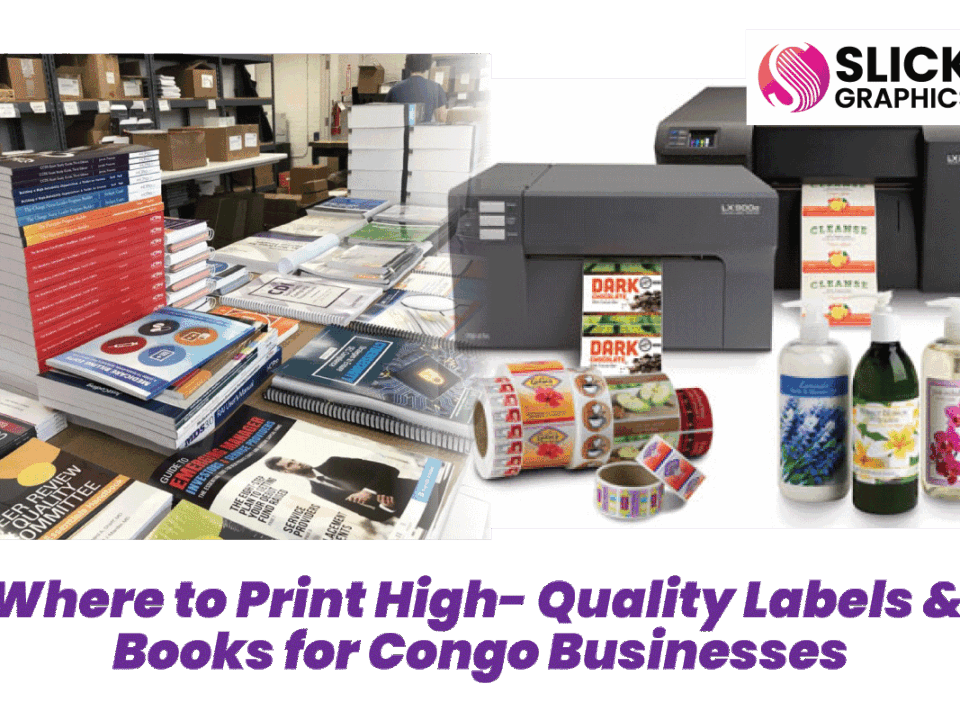Printing a training manual in Uganda
Printing a training manual in Uganda
In the realm of workforce development, a training manual serves as a crucial guide, instructing individuals on tasks, processes, and new knowledge. These manuals fulfill various essential purposes:
Enhancing Quality and Consistency:
By providing standardized instructions, training manuals ensure tasks and processes are executed with precision and uniformity.
Facilitating Learning:
They serve as invaluable tools for imparting new skills and knowledge, empowering individuals to excel in their roles.
Mitigating On-the-Job Risks:
By outlining best practices and safety protocols, training manuals help reduce workplace accidents and errors.
Empowering Employees:
Equipped with the knowledge gleaned from manuals, employees are better equipped to navigate their responsibilities effectively.
Informing and Educating Customers:
Training manuals also serve as resources for educating customers about products, services, and operational procedures.
Are Printed Training Manuals Still Relevant?
Despite the proliferation of digital training platforms, the tangible presence of printed manuals remains steadfast in many industries. In environments like manufacturing, where practicality reigns supreme, paper-based manuals offer a tangible reference point for trainees, particularly in scenarios where digital access may be limited.
Moreover, in face-to-face training settings, printed materials offer distinct advantages, facilitating ease of use and comprehension, especially within group settings. This traditional format also caters to individuals who may prefer tactile learning experiences or who are less technologically inclined.
Creating a Training Manual: A Three-Step Process
Content Creation:
Begin by defining the desired outcomes of the training. Identify key objectives and topics to be covered. For example, in manual handling training, objectives may include correct lifting techniques and load identification.
Design:
Structure the manual to maximize engagement and comprehension. Include sections such as an introduction, objectives, instructional content, assessments, summaries, and FAQs. Utilize visuals and interactive elements to enhance learning.
Print:
Before printing, thoroughly review and test the manual for accuracy and clarity. Consider factors such as print quality, binding options, and paper type to ensure usability and durability.
Designing Your Training Manual
Maintain brand consistency throughout the design process, incorporating brand colors, fonts, and imagery. Choose a layout that aligns with the target audience’s preferences and learning styles. Software options like Microsoft Word, PowerPoint, or Canva offer templates and tools for designing professional-looking manuals.
Printing Considerations
Prioritize quality when selecting a printing service, ensuring that the final product reflects the professionalism and clarity of the digital version. Opt for binding options that enhance usability, such as wire-bound books that allow pages to lay flat. Consider factors like size, paper quality, and writing surfaces to optimize usability and durability.
Conclusion
A well-crafted training manual is more than just a compilation of instructions; it’s a gateway to empowerment and proficiency. Whether in printed or digital form, these manuals play a pivotal role in fostering learning, standardization, and safety within organizations. By following a structured approach to creation, design, and printing, businesses can ensure their manuals serve as invaluable resources for both employees and customers alike.



